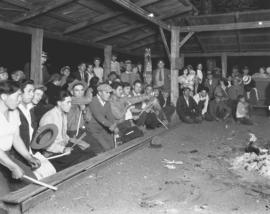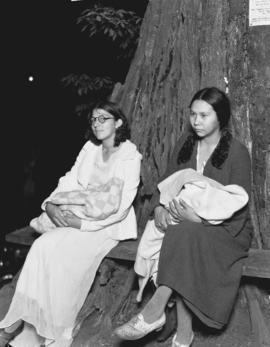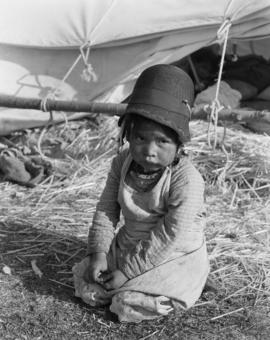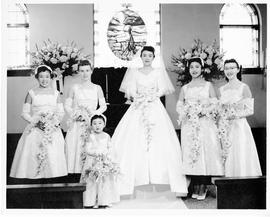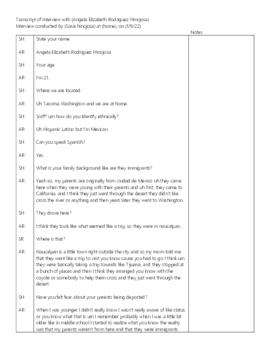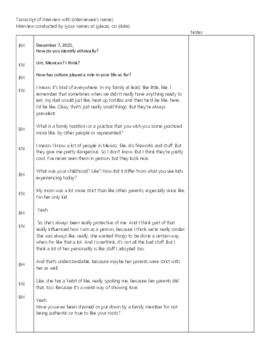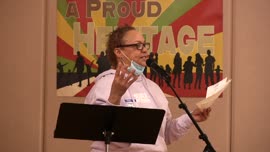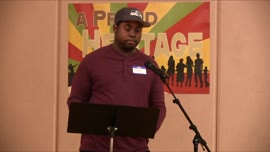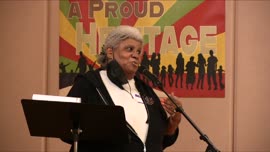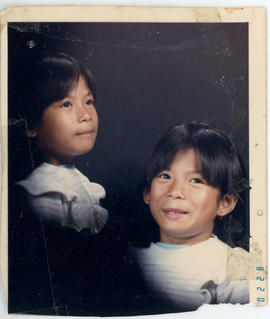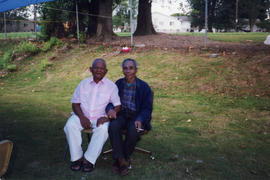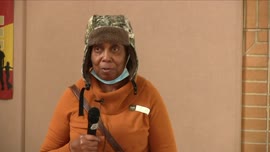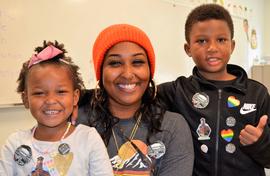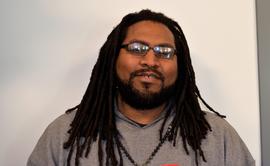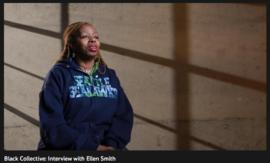- Item
- 1934-08
Part of Richards Studio Photographs
Members of various Northwest Native American tribes gather in August of 1934 at Audoma Park, near Puyallup, for a round of the Indian bone game. The tribes have made their annual pilgrimage to the valley for the harvest of the hops. This park, owned and maintained by A.E. Applegate, is set aside for the exclusive use of the Native Americans although visitors are welcomed. During the bone game, two teams of 10-12, squatting on the floor, line up across from each other. One team has four small white bones. To the accompaniment of the pounding of sticks and tom-toms and the chanting of ancient songs, the team passes the bones rapidly from player to player. At a certain signal, the captain of the opposing team calls a halt and tries to guess which player has the bones. The ancient game is played for hours with a bright fire as the only light. (T. Times 8/30/1934, pg. 1+)
Indigenous peoples--Washington; Games; Gambling;
